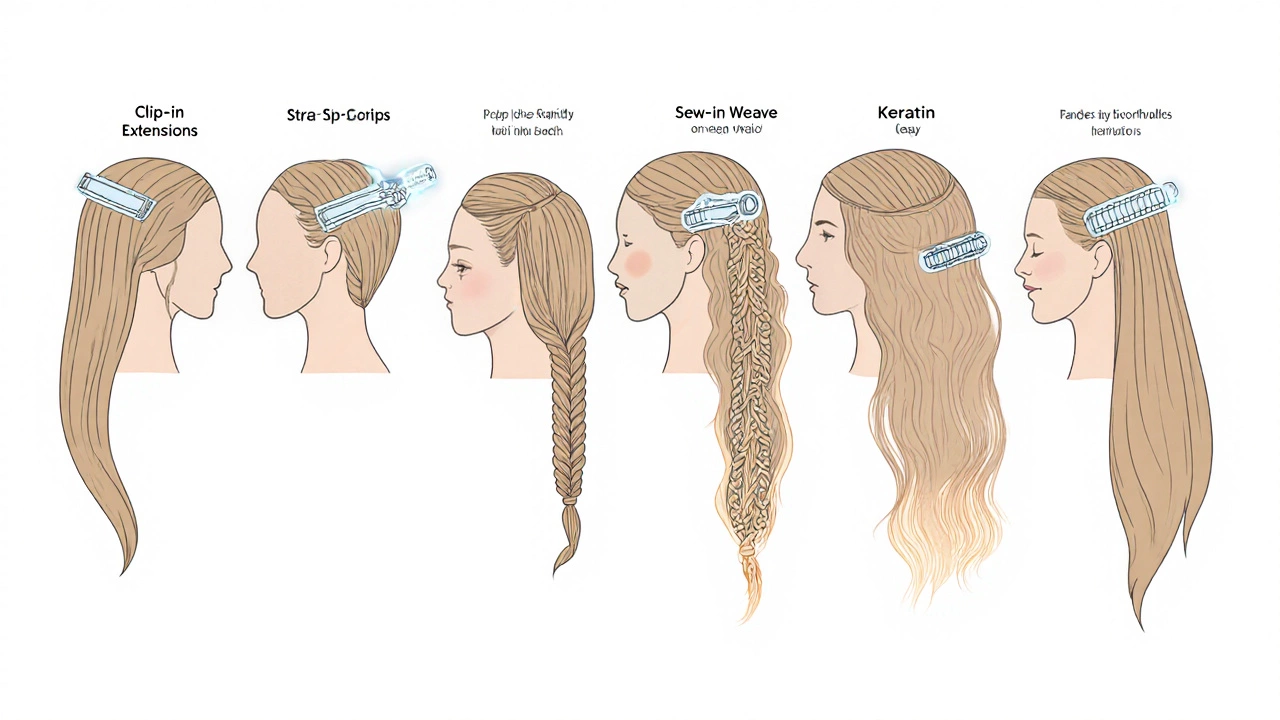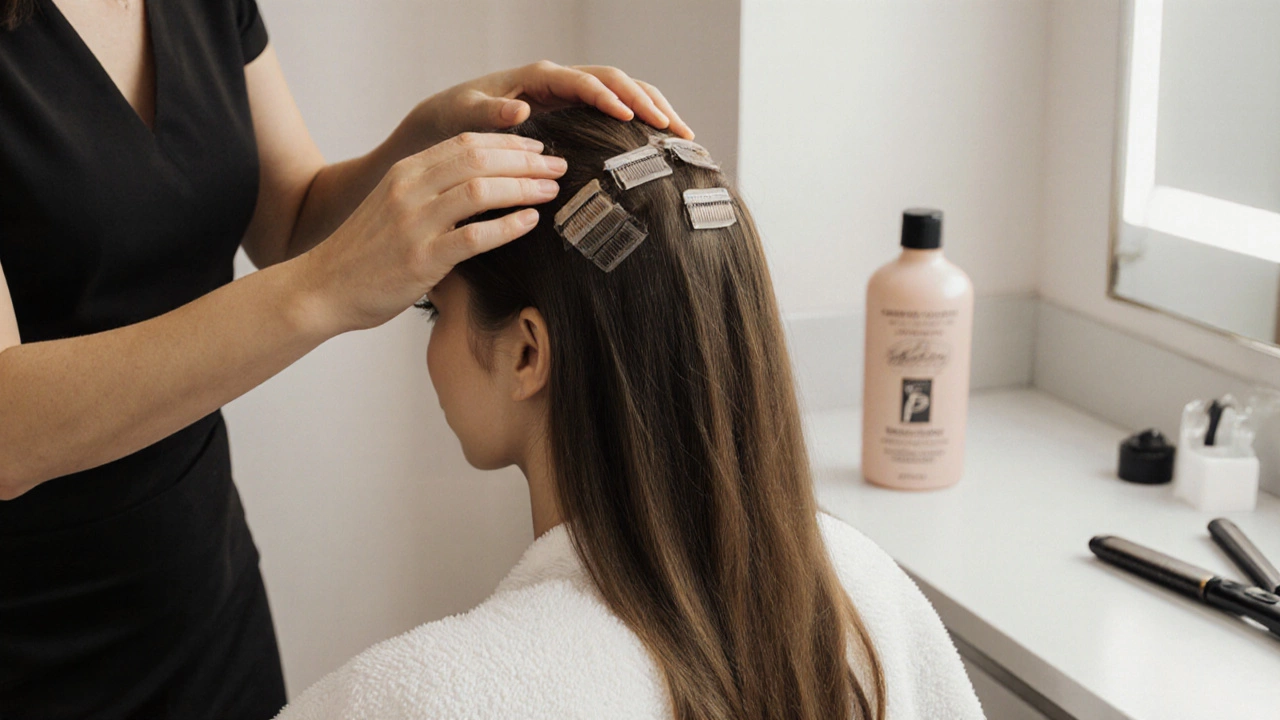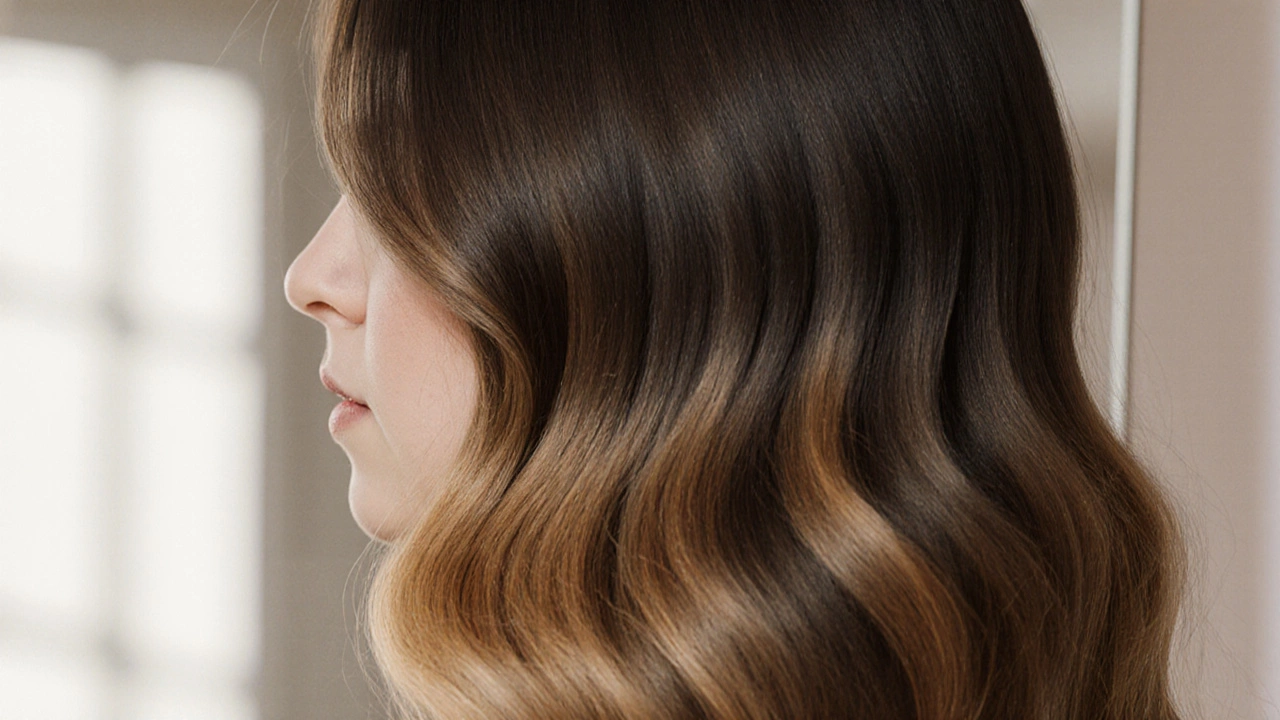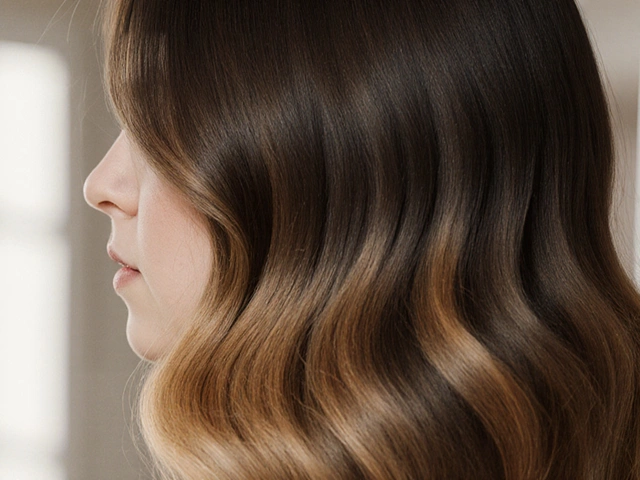Hair Extension Risk Calculator
Assess Your Extension Risk
Select your extension type, hair characteristics, and maintenance habits to see your personalized damage risk score
When you slide Hair extensions synthetic or human‑hair strands that add length or volume into your routine, the first question that pops up is whether they cause damage. The short answer: they can, but the level of risk depends on the type you pick, how you install them, and how you treat them afterward. If you’re worried about hair extensions damage, keep reading.
What Exactly Are Hair Extensions?
Hair extensions are strands-either 100% human hair, blended hair, or completely synthetic-attached to your natural hair to give the illusion of longer, fuller locks. They come in a range of lengths, colors, and textures, so you can match them to your own hair or go bold with a contrasting shade.
Common Types and Their Damage Profiles
Not all extensions are created equal. Below is a quick look at the most popular methods, followed by a table that rates each on installation time, weight, and damage risk.
- Clip-in extensions: Snap‑on strips that you can put in and take out yourself. Lightest on the scalp but can pull if clipped too tightly.
- Tape-in extensions: Thin adhesive tapes bonded to a thin section of your hair. Offer a natural look; damage mostly comes from adhesive residue if removed incorrectly.
- Sew-in extensions (also called weaves): Braided hair onto which wefts are sewn. The biggest risk is tension on the braid, which can cause traction alopecia.
- Micro‑link extensions: Small beads clamped onto a strand of natural hair. If the beads are too tight, they can crush the hair shaft.
- Keratin bond extensions: A heated keratin formula fuses the extension to a small section of your hair. Heat and chemicals are the two main culprits for damage here.
| Method | Installation time | Typical weight per strand | Damage risk |
|---|---|---|---|
| Clip‑in | 5‑10 min | 0.5‑1 g | Low - mainly mechanical pull |
| Tape‑in | 30‑45 min | 1‑1.5 g | Medium - adhesive residue, heat |
| Sew‑in (weave) | 2‑3 hrs | 2‑3 g | High - tension, braid weight |
| Micro‑link | 30‑60 min | 1‑2 g | Medium - bead pressure |
| Keratin bond | 45‑90 min | 1‑2 g | High - heat, chemical exposure |
How Damage Happens
There are three main ways extensions can harm your natural hair:
- Mechanical stress: Pulling, tugging, or heavy weight can stretch the hair shaft, leading to breakage. This is common with tight clips or overly dense weaves.
- Chemical exposure: Bonding agents, glues, or keratin formulas contain alcohols and resins that can dry out the cuticle, especially if left on for too long.
- Heat damage: Many installations require a flat iron or blow‑dryer to seal the bond. Excessive heat weakens the protein structure, making the hair more brittle.
Combine any two of these, and you’re looking at serious Hair breakage or even Scalp health issues like inflammation.

Best Practices to Keep Your Hair Safe
- Choose the right method for your hair type. Fine hair tolerates clip‑ins best; thicker hair can handle sew‑ins without excessive tension.
- Limit wear time. Most professionals recommend no more than 6‑8 weeks for tape‑ins and 3‑4 months for sew‑ins.
- Use a gentle, sulfate‑free shampoo and condition only the mid‑to‑ends of your natural hair to avoid loosening adhesives.
- Never pull or yank extensions. If a clip feels tight, remove it gently or see a stylist.
- Keep heat low. When styling, use a heat protectant spray and keep the iron below 350°F (180°C).
- Regular professional check‑ins. A Professional stylist can spot early signs of traction alopecia and recommend adjustments.
Warning Signs That Extensions Are Hurting Your Hair
Pay attention to these red flags:
- Increased shedding when you wash or brush.
- Visible thinning along the hairline or behind the ears.
- Persistent itching, redness, or soreness on the scalp.
- Split ends that appear only on the natural hair, not the extensions.
If you notice any of these, take the extensions off immediately and give your hair a break for at least two weeks.

DIY vs. Professional Installation
While clip‑ins are designed for at‑home use, most other methods need a trained Professional stylist. A professional will:
- Match the extension weight to your natural hair’s tensile strength.
- Apply the correct amount of adhesive or heat, reducing excess exposure.
- Secure the bond so that there’s no uneven tension, which is a leading cause of traction alopecia.
Attempting a keratin bond at home without a heat‑controlled tool often results in burnt hair and a high chance of breakage.
Take‑away Checklist
- Know your hair’s break‑strength before picking a method.
- Start with low‑weight, low‑heat options (clip‑ins or tape‑ins) if you’re new.
- Follow a strict maintenance routine: gentle cleansing, low heat, regular trims.
- Schedule professional check‑ins every 6‑8 weeks.
- Remove extensions immediately if you feel pain, itching, or see thinning.
Will clip‑in extensions cause hair loss?
Clip‑ins are the safest option for most people because they sit on the surface and don’t require adhesives or heat. Damage only occurs if the clips are too tight or if you leave them on for months without a break.
How often should I replace my extensions?
Human‑hair extensions can last 6‑12 months with proper care. Synthetic strands tend to fade faster, typically 3‑6 months. Replace them when you notice fraying, excessive shedding, or loss of luster.
Can I wash my hair with extensions on?
Yes, but use lukewarm water, a sulfate‑free shampoo, and avoid scrubbing the attachment points. For tape‑ins, a gentle spray‑only cleanse works best.
Is there a way to tell if my scalp is damaged?
Look for persistent redness, soreness, or small patches where hair stops growing. A dermatologist or trichologist can perform a scalp exam and suggest treatments.
Do heat‑styled extensions weaken my natural hair?
Repeated high‑heat styling can lift the cuticle on both the extensions and your own strands, making them more prone to breakage. Use a heat protectant and limit styling to once or twice a week.

